In less than 100 years, the Gulf Stream could collapse. The end of the warm water flow that tempers Europe’s climate seemed thousands of years away, but new research in March 2024 has significantly shortened the forecast. With this omen in the background, the journey of Lorenzo Colantoni, head of research at the Institute of International Affairs (IAI), journalist and documentary filmmaker, specializing in energy, environment and climate change, ended. Along the stream (Laterza) is the title of the book that tells his journey to discover the stories of climate adaptation in a Europe bathed in the waters of the Caribbean: from the Azores to Svalbard, via Spain, France, the United Kingdom and Scandinavia. Colantoni answers from his home, during a break in Rome between trips that take him – literally – from one part of the world to another. On the wall behind him are two maps. By compressing the video call image, you can see the outlines of Turkey and Japan. It is also full of maps Along the stream.And this is for a specific reason.
Lorenzo, I’ve noticed a certain fascination with maps..
“I’ve always had it. Maps, for a work like this, I think they work very well, because they tell a dual side of the issues, which is kind of like the dual side behind the book itself, the scientific side and the human side. The scientific part is taking your point of view and showing it. It becomes schematic from above; put everything on the table and see what happens. And then there’s the human. When I was a kid, I remember seeing this map of the Gulf Stream: the experts call it the conveyor belt. To me it looks like the circulatory system of a living organism. It made me understand that everything is interconnected.”
He took a trip following the Gulf Stream because it is at risk of collapsing in the coming decades. What might happen?
“It is very difficult to predict. Starting from the Caribbean coasts of the American continent, the current brings warm water from one side of the Atlantic to the other, and makes areas of Europe habitable that would otherwise be frozen: the United Kingdom, Denmark, Scandinavia. If the current stops or weakens, the average temperature in Europe will likely drop. But the distribution of rainfall will also suffer the consequences of the change. Europe could become drier, and some currently inhabited places could become uninhabitable. These phenomena are very difficult to predict, because unlike temperature fluctuations, in this case we have no precedents to build on. On the other hand, this is one of the reasons why I find the subject so fascinating: to try to understand what will happen, you have to study history and prehistory, you have to become a paleontologist and a bit of a geographer.”
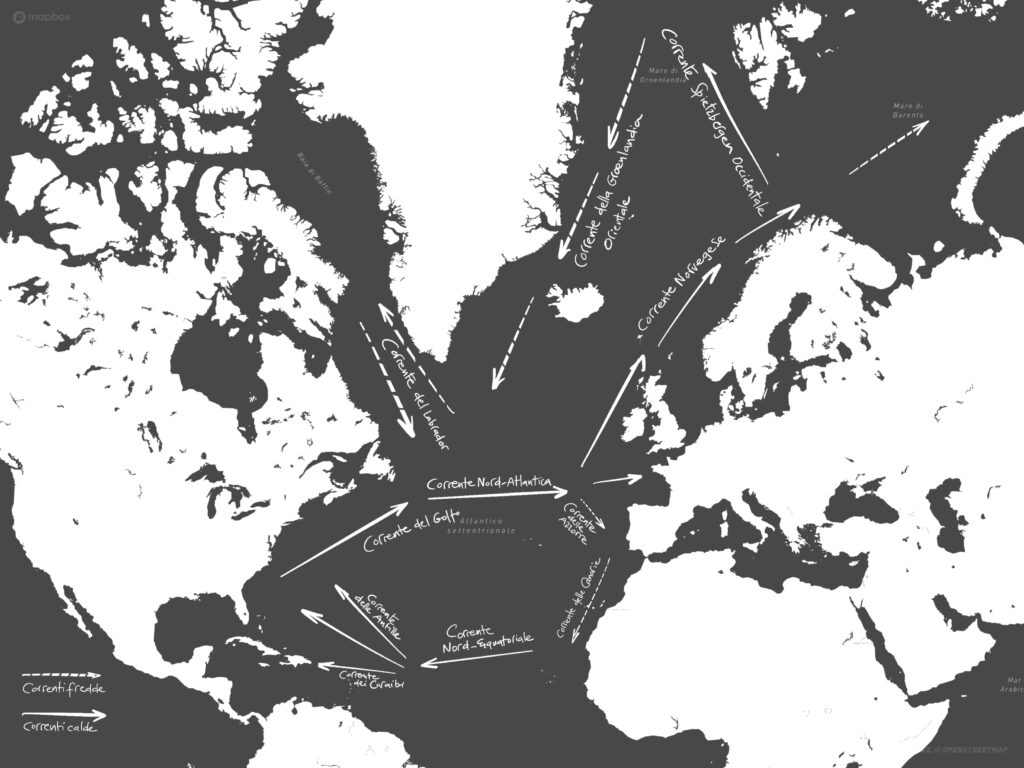
However, geography is an increasingly neglected subject…
“Geography and environmental discourse as a whole are subjects that cover almost everything. At school, you have to integrate these subjects into all the other subjects. Only in this way will it be possible to acquire knowledge the current Climate and environmental phenomena, and how they affect our lives.
In the book, she talks about her meetings with many people struggling to adapt to climate change.. Almost everyone is convinced that we will succeed. How do you see that?
“The journey I have undertaken is precisely to answer this question. I have formed my own opinion, which I will explain in the last chapter. I believe that in any case, one way or another, we have to live on this planet. We Europeans in particular, then, are perfectly capable of adapting. The essential point is that there are people who are absolutely convinced by the answer they have given themselves—whatever it is—and others who do not even ask the question. I find that absurd.”
Why?
“Before I started this journey, I thought I would meet a lot of ‘deniers’. I didn’t actually meet any. If you are a Spanish farmer and you see that your tomatoes ripen a month and a half earlier than they did twenty years ago, you can’t believe that climate change isn’t happening. Yet many stop there, simply noticing it, even though they live it every day, and don’t ask themselves how serious the situation is and what they need to do to adapt.
On his journey he met many people who are working to adapt to change. Who gave you hope?
“There were two encounters that particularly affected me. The first was in Scotland. There, in the 1970s, they found North Sea oil, and extracting it allowed the Scots to emerge from a centuries-old economic precariousness. Not only that, but it also gave them a basis for demanding independence. There is still oil, but Scotland is dismantling its platforms to turn to renewable energy. In the Orkney Islands, in the far north, I met some guys from the university centre that deals with renewable energy. It comes to mind because I saw how much they believe in it. There are solutions and they want to implement them. Not in a corporate way either.” Big companyNot to make a profit, but because they care about the environment, their environment, and everyone’s environment.”
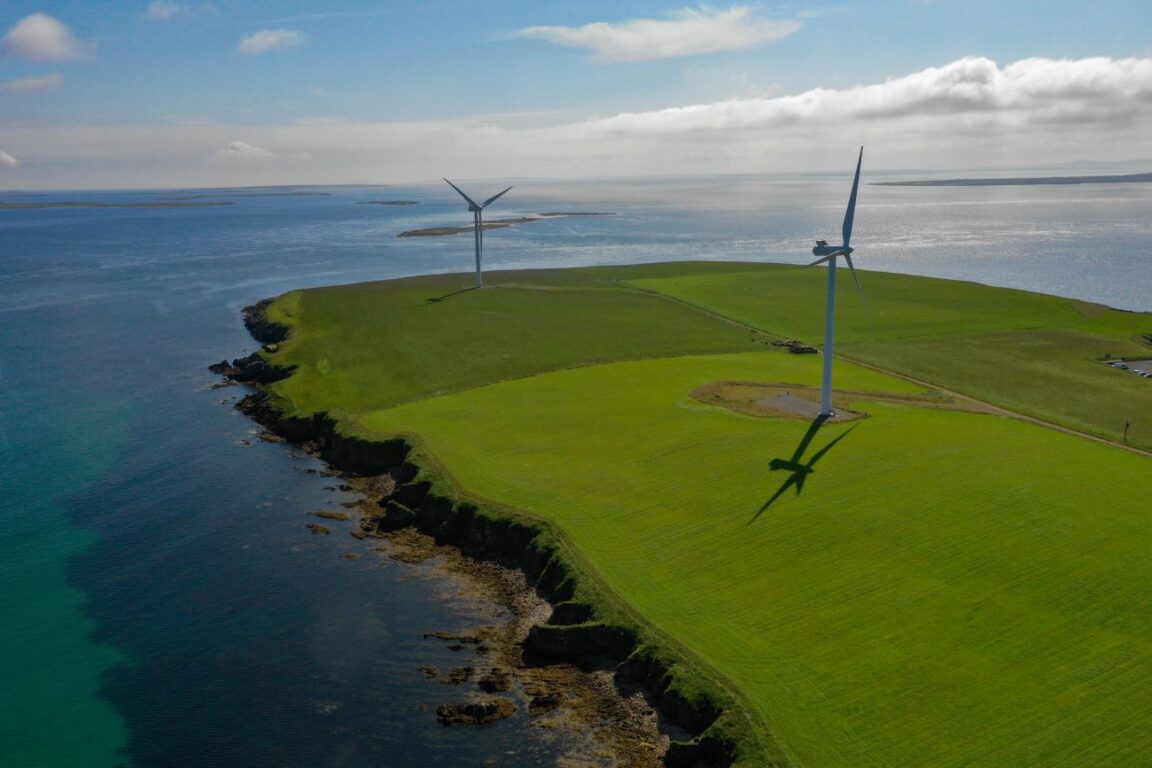
Other?
“The other was in Norway, with the Sami: the last indigenous people of Europe. They live in the Arctic, and are most vulnerable to climate change, as the region warms much faster than the rest of the world. Their culture has been tested in 50 years of Scandinavia. And now the ice on which their way of life depends is disappearing. Yet they fight and fight hard, and they never lose hope.”
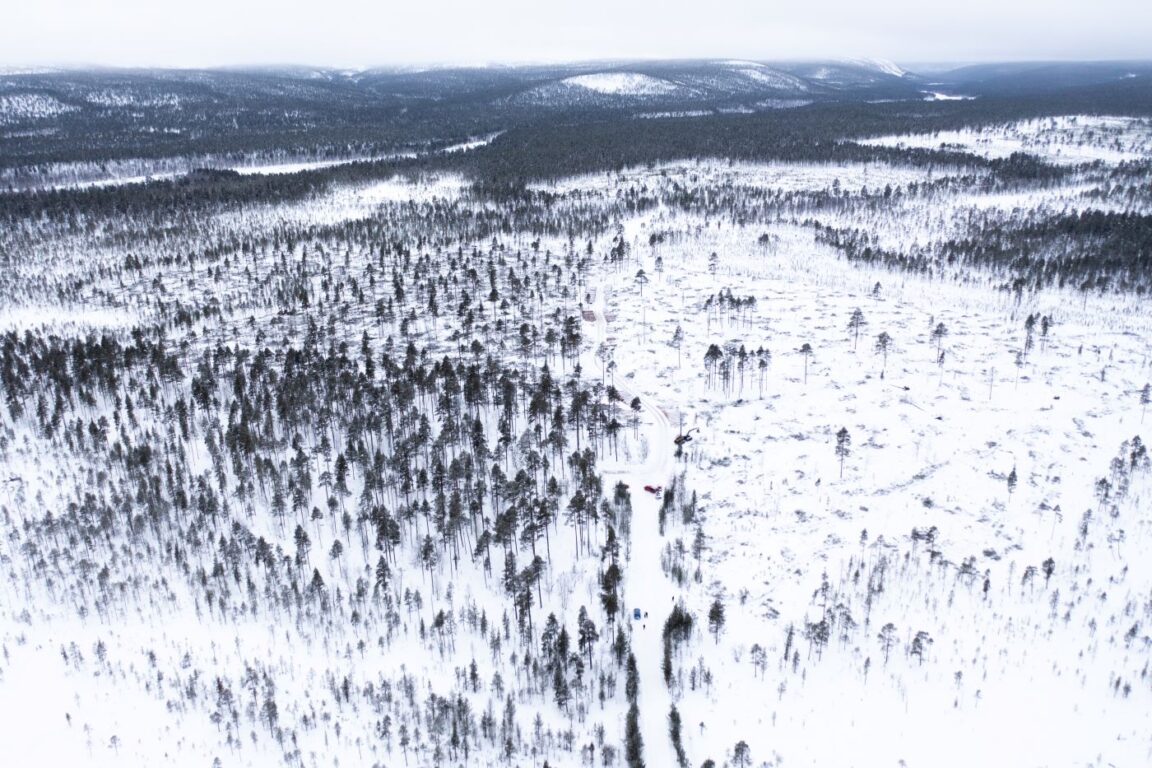
Was there a moment when you lost hope?
“In Doñana, Spain – a nature reserve threatened by desertification, urbanization and intensive agriculture – I found myself in such a social and political deadlock that I asked myself: ‘But if we can’t act in such a dangerous context, when will we? ’ In fact, they now seem to have reached an agreement, but while I was writing the book the situation was dramatic. I was there in the hottest week of the hottest month of the hottest summer Spain has ever experienced, the summer of 2023. The temperature was 47 degrees and for the second year in a row the lakes in the nature reserve had dried up, something that had never happened before. The tension was palpable, because Spain held the rotating presidency of the European Council and was pushing for the approval of the Nature Recovery Law, and in the meantime early elections had also been called, hoping to halt the advance of Vox. There, as in other parts of Europe, including Italy, the party is exploiting the anger of farmers, who see themselves denied the right, obtained mainly by legal and illegal means since the 1980s, to drain water reserves to irrigate crops. Intense. . My morale was so low there. I couldn’t understand this stagnation. I wanted to scream: “Can’t you see the world is burning in front of us?”
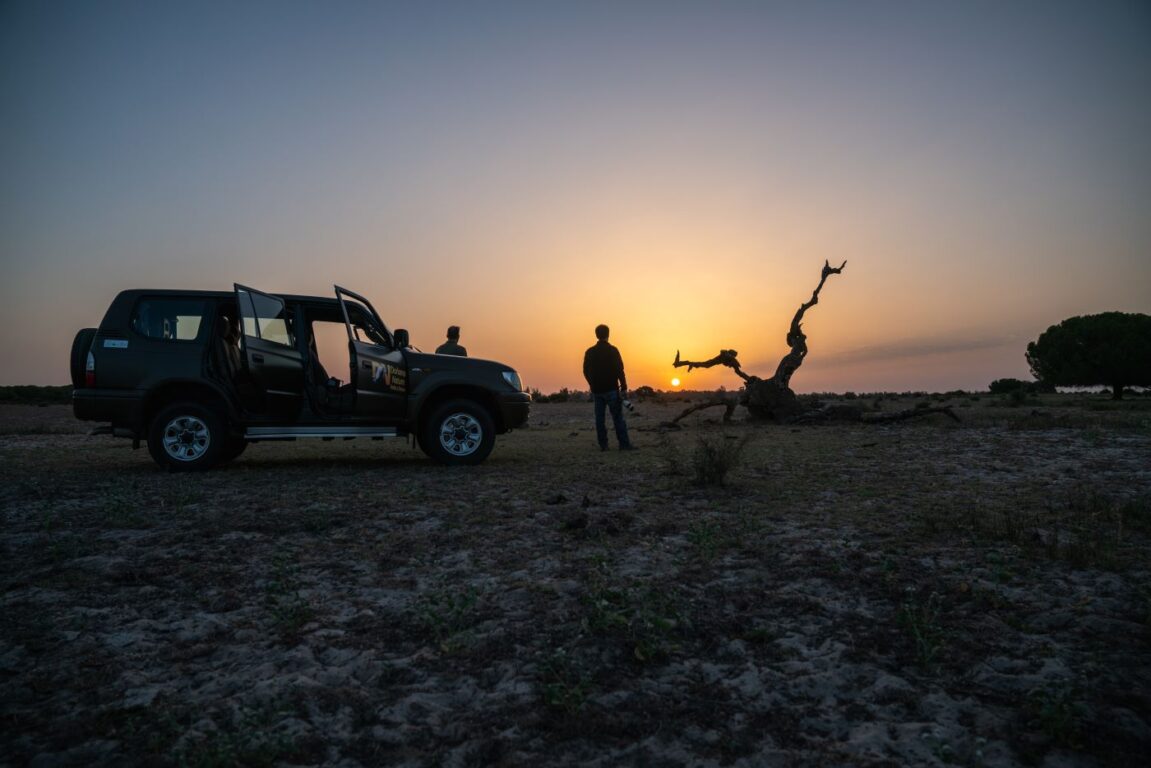
As he writes in the book, we live in a historical period where it seems “either you are with the flamingos or you are with the farmers.” How do you overcome this phase?
“The contradiction between nature and agriculture is a false contradiction in theory. But we live in a world where agriculture has problems of dependency. It depletes the soil and soaks it with pesticides. It impoverishes the workers to enrich the few. Farmers are in a difficult position and have narrow profit margins. But instead of dealing with large-scale distribution, which is the cause of much of their problems, they have chosen to spend money in a thousand ways, and they have never promoted more sustainable agriculture. They point the finger at those who appear to them to be the enemy: activists. They do this in the name of defending a tradition that does not exist in reality: our ancestors did not practice intensive agriculture, did not extract water from the aquifer at the rates we do today, did not use the pesticides we do today, and did not grow avocados and strawberries as they do now in the Spanish desert. You only need to go to a place like the greenhouses of Almeria to achieve this. There is a musty smell of plastic, and I felt that nature had died there. None of this can be seen in the traditional vineyards and olive groves, which have remained as our ancestors cultivated them.”
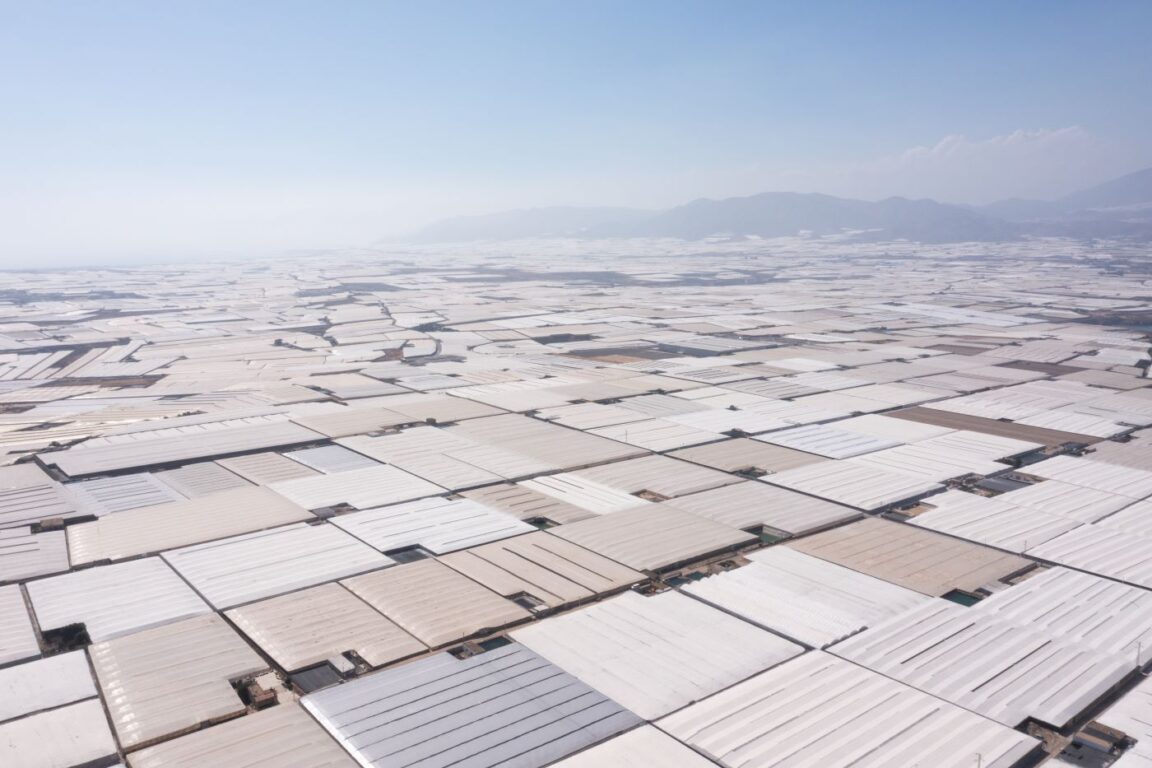
You haven’t met anyone, but if you talked to someone who didn’t believe all this, what would you say to them?
“I would take him and ask him to look around, because the climate crisis is more visible today than ever before. But I would try to understand it. He certainly has reasons for his beliefs. There is an urgent need to rebuild trust in science and authority. But it has to be done democratically. I want the denier to become an activist, not to feel like an idiot. And the only way to do that is to give people the tools to understand what they are hearing and reading.”
On the cover: Lorenzo Colantoni / Photographed from a marine wildlife study vessel off the Azores.
Read also:

“Incurable internet trailblazer. Troublemaker. Explorer. Professional pop culture nerd.”

